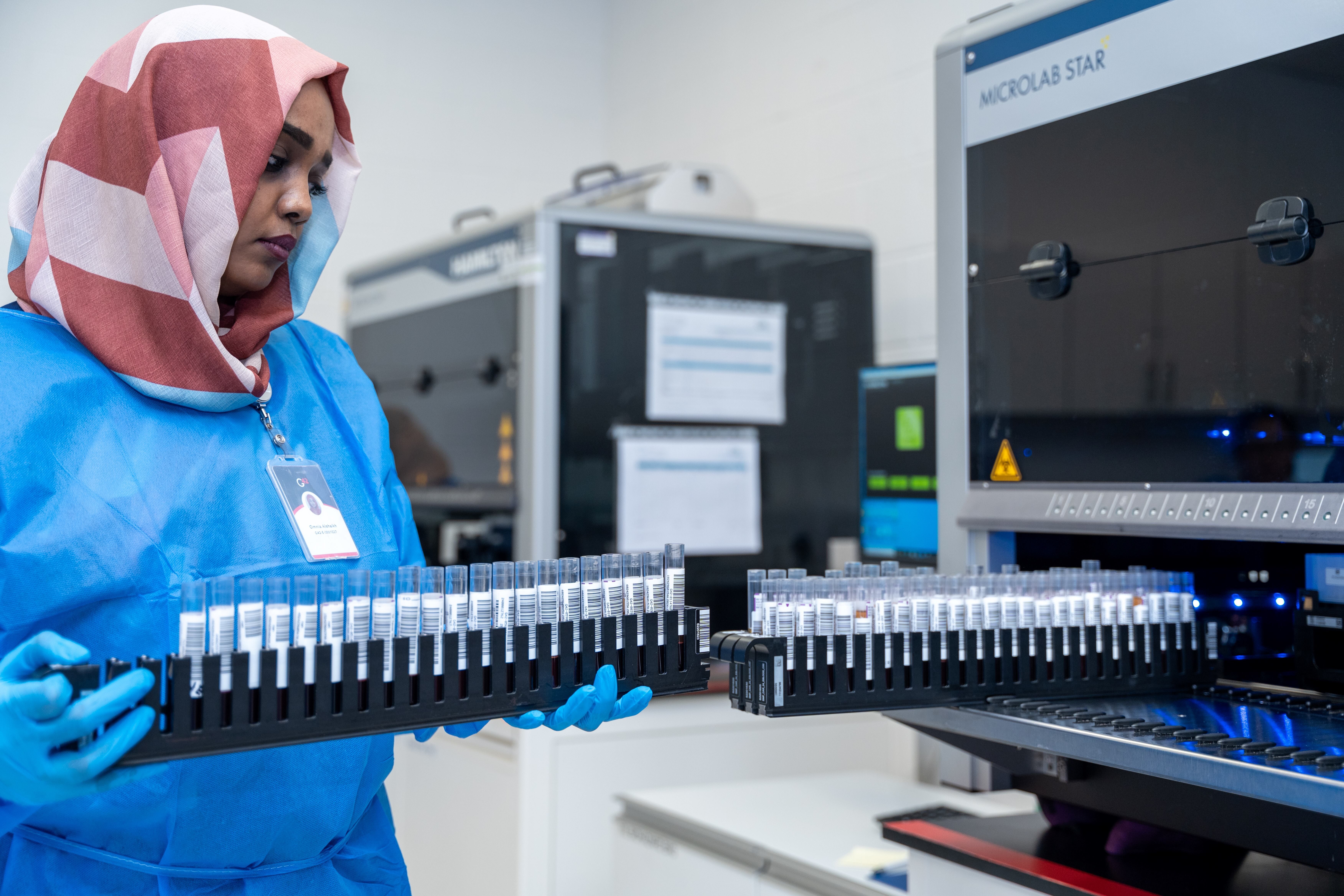Occasional use of antibiotics is more closely linked to resistance than repeated use

Short-term win, long-term loss? Image: REUTERS/Kai Pfaffenbach
The increasing prevalence of antibiotic resistance in the U.S. appears more closely linked to their occasional use by many people than to their repeated use among smaller numbers of people, according to a large new study from Harvard T.H. Chan School of Public Health.
The study also found that antibiotic use varies across the nation, and that in areas where particular antibiotics are used more frequently, resistance to those antibiotics is higher.
“We know that efforts to reduce inappropriate use of antibiotics are critical to addressing the problem of antibiotic resistance. We wondered whether every antibiotic prescription contributes equally to resistance, and whether, as some previous research has suggested, the most effective way to minimize antibiotic resistance would be to focus on the small fraction of people who use most of the antibiotics,” said Yonatan Grad, the Melvin J. and Geraldine L. Glimcher Assistant Professor of Immunology and Infectious Diseases and senior author of the study. “Our results show that most antibiotic use is occasional — by people taking just one antibiotic course in a year — and that this occasional use is more closely linked with antibiotic resistance than intense, repeated use.”

The study was published online today (Dec 18) in eLife. It is the first to take a population-wide look at the link between distribution of antibiotic use and resistance to those antibiotics.
Antibiotic resistance has risen to dangerously high levels in recent years, spurred by over-prescription and overuse. Infections such as gonorrhea, tuberculosis, and foodborne diseases are becoming harder, and sometimes impossible, to treat as antibiotics become less effective, according to the World Health Organization (WHO).
“Our results show that … occasional [antibiotic] use is more closely linked with antibiotic resistance than intense, repeated use.” — Yonatan Grad
”In the new study, researchers sought to home in on how the distribution of antibiotic use impacts resistance by using data sources that allowed them to simultaneously analyze use and resistance for an unprecedented number of antibiotics and pathogens. They used two nationwide pharmacy prescription claims databases, Truven Health MarketScan Research Database and Medicare, to determine antibiotic use among 60 million Americans — roughly 20 percent of the U.S. population — from 2011 to 2014. They then compared that data with information from 2012 to 2015 from ResistanceOpen, which tracks antibiotic resistance across the country. To determine if rates of use for a particular antibiotic correlated with rates of resistance against that drug, the researchers looked at 72 pairs of antibiotics and bacteria across the U.S.
The study showed that in 2011, 34 percent of the population received antibiotics, that 10 percent of the population used 57 percent of the antibiotics, and that this distribution was similar for each year of the study. The researchers found that the more a particular antibiotic was used, the greater the resistance. For instance, in states that used more quinolones, more E. coli-caused infections tended to be resistant to quinolones. However, when total antibiotic use was broken down into occasional, low-intensity use by many people versus intense use by a few, the former was more closely associated with resistance.
“Our findings suggest that combating inappropriate antibiotic use among people who don’t take many antibiotics may be just as important, or more important, to fighting resistance than focusing on high-intensity users,” said lead author Scott Olesen, a postdoctoral fellow in the Department of Immunology and Infectious Diseases. “More antibiotic use generally means more antibiotic resistance, but it seems like the number of people taking antibiotics might matter more than the amount they’re taking.”
Don't miss any update on this topic
Create a free account and access your personalized content collection with our latest publications and analyses.
License and Republishing
World Economic Forum articles may be republished in accordance with the Creative Commons Attribution-NonCommercial-NoDerivatives 4.0 International Public License, and in accordance with our Terms of Use.
The views expressed in this article are those of the author alone and not the World Economic Forum.
Stay up to date:
Healthcare Delivery
Forum Stories newsletter
Bringing you weekly curated insights and analysis on the global issues that matter.
More on Health and Healthcare SystemsSee all
Mansoor Al Mansoori and Noura Al Ghaithi
November 14, 2025







